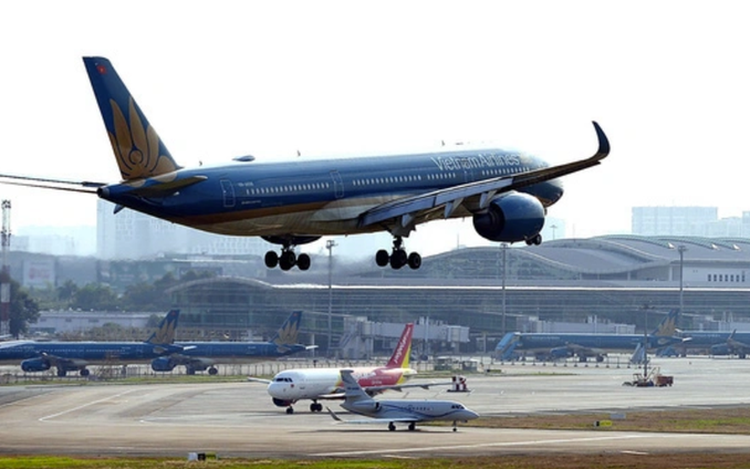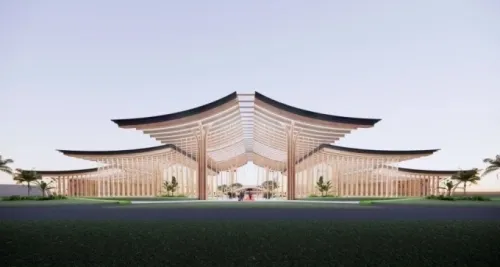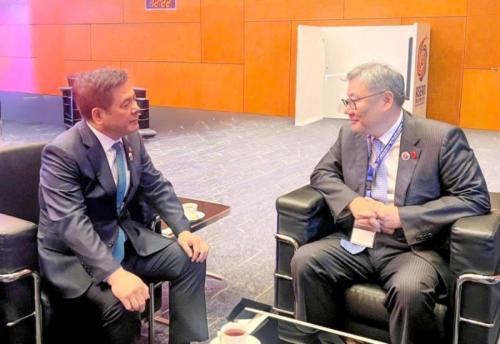THACO partners with Spanish, S.Korean consultants to design metro linking Tan Son Nhat, Long Thanh airports
Spanish and South Korean consultants will support Truong Hai Auto Corporation, or THACO, in designing the Ben Thanh - Thu Thiem - Long Thanh urban railway project, which is intended to connect Tan Son Nhat International Airport in Ho Chi Minh City with Long Thanh International Airport in Dong Nai Province.
To advance the project, THACO has signed contracts with reputable international firms.
The design consultancy will be led by a consortium including Spain's Typsa and South Korea's engineering firms Saman and Senest.
Together with the consultants, THACO is exploring integrated transit-oriented development models at stations and depot locations to boost investment efficiency. The plans include using underground space for public amenities and developing transit-oriented development zones around key points along the railway.
THACO is also in talks with South Korea's Hyundai Rotem for technology transfer to produce locomotives, train cars, and other railway equipment.
The group aims to raise the local content ratio by working with domestic partners on technology transfer.
In construction, THACO has teamed up with Malaysia's Gamuda Berhad and Vietnamese contractors to train personnel and transfer knowledge, with the goal of gaining expertise in building urban rail infrastructure.
The planned line includes two segments: the Ben Thanh – Thu Thiem section of Metro Line No. 2 and the Thu Thiem – Long Thanh railway.
The Ben Thanh - Thu Thiem section spans about 5.6 kilometers and features six underground stations. It will start at Ben Thanh Station, run along Ham Nghi Street, cross the Saigon River, and continue along Mai Chi Tho Boulevard and into Thu Thiem.
Although an exact cost has not been finalized, experts estimated it could require around US$1.3 billion based on current metro construction rates.
The Thu Thiem - Long Thanh railway already has a pre-feasibility study prepared by the Ministry of Construction, which is currently proposing that Ho Chi Minh City oversee the project.
This segment will stretch 42 kilometers, with an additional 4.7-kilometer line connecting to the depot, and is estimated to cost about $3.5 billion.
According to the proposed schedule, THACO aims to begin construction in January 2027 and launch operations by June 2031, provided it is selected as the project's investor.
Land clearance will be managed separately by authorities in Ho Chi Minh City and Dong Nai Province, with completion expected by 2026.
During a meeting with THACO on September 26, chairman of the Ho Chi Minh City People's Committee Nguyen Van Duoc voiced support for the proposal, saying it aligns with national goals that prioritize Vietnamese firms in developing urban rail infrastructure.
For both segments, the city has asked THACO to proactively study and submit investment plans under either the public private partnership model or direct investment. These proposals will be reviewed and submitted for official approval.
Source: Thanh Ha - Duc Phu / Tuoi Tre News
Photo: Quang Dinh / Tuoi Tre





